SNVS085X July 2000 – December 2017 LM3478
PRODUCTION DATA.
- 1 Features
- 2 Applications
- 3 Description
- 4 Revision History
- 5 Pin Configuration and Functions
- 6 Specifications
- 7 Detailed Description
-
8 Application and Implementation
- 8.1 Application Information
- 8.2
Typical Applications
- 8.2.1
Typical High Efficiency Step-Up (Boost) Converter
- 8.2.1.1 Design Requirements
- 8.2.1.2
Detailed Design Procedure
- 8.2.1.2.1 Custom Design with WEBENCH Tools
- 8.2.1.2.2 Power Inductor Selection
- 8.2.1.2.3 Programming the Output Voltage
- 8.2.1.2.4 Setting the Current Limit
- 8.2.1.2.5 Current Limit with External Slope Compensation
- 8.2.1.2.6 Power Diode Selection
- 8.2.1.2.7 Power MOSFET Selection
- 8.2.1.2.8 Input Capacitor Selection
- 8.2.1.2.9 Output Capacitor Selection
- 8.2.1.2.10 Compensation
- 8.2.1.3 Application Curves
- 8.2.2 Typical SEPIC Converter
- 8.2.1
Typical High Efficiency Step-Up (Boost) Converter
- 9 Power Supply Recommendations
- 10Layout
- 11Device and Documentation Support
- 12Mechanical, Packaging, and Orderable Information
Package Options
Mechanical Data (Package|Pins)
Thermal pad, mechanical data (Package|Pins)
Orderable Information
6.6 Typical Characteristics
Unless otherwise specified, VIN = 12V, TJ = 25°C.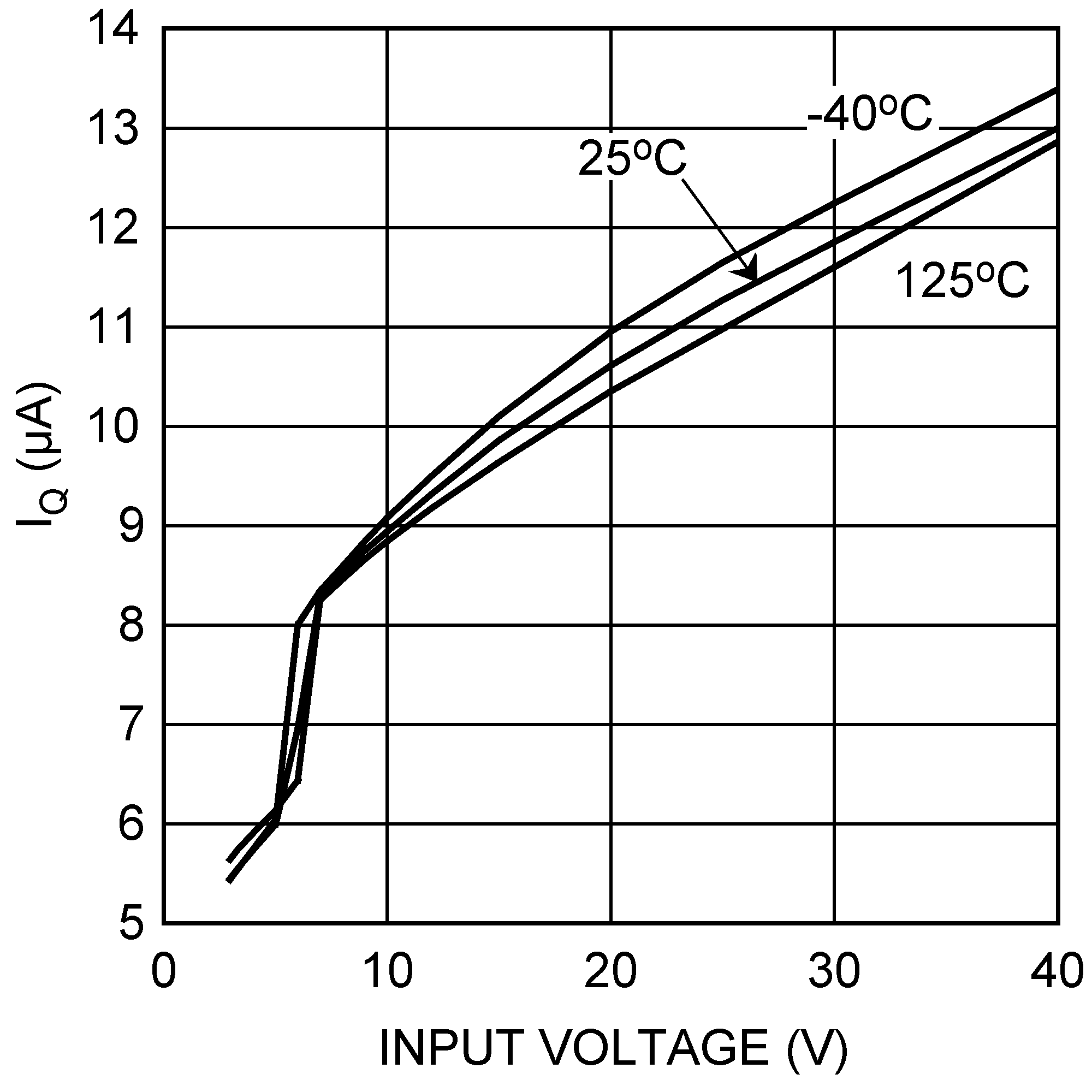
Figure 1. IQ vs Input Voltage (Shutdown)
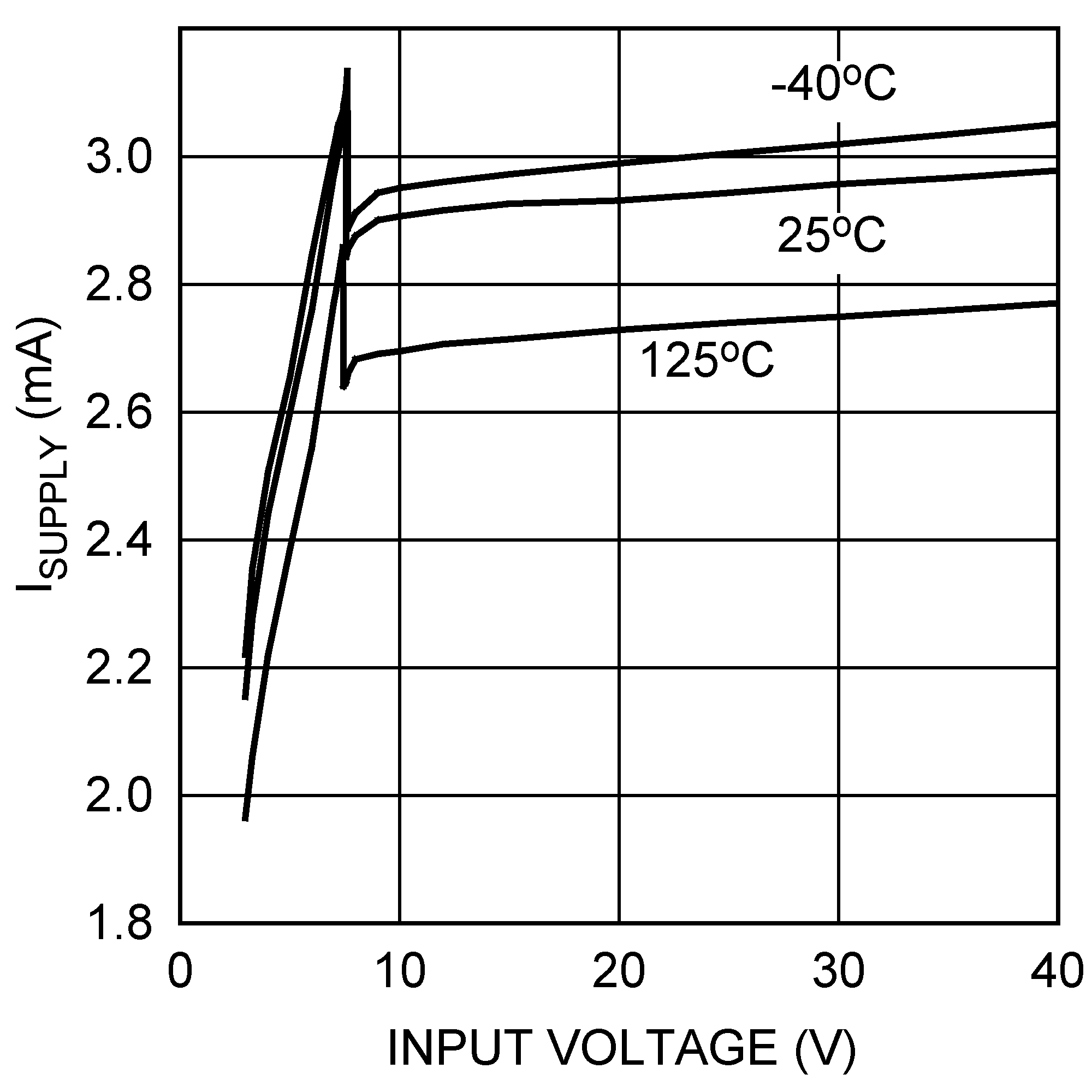
Figure 3. ISupply vs VIN (Switching)
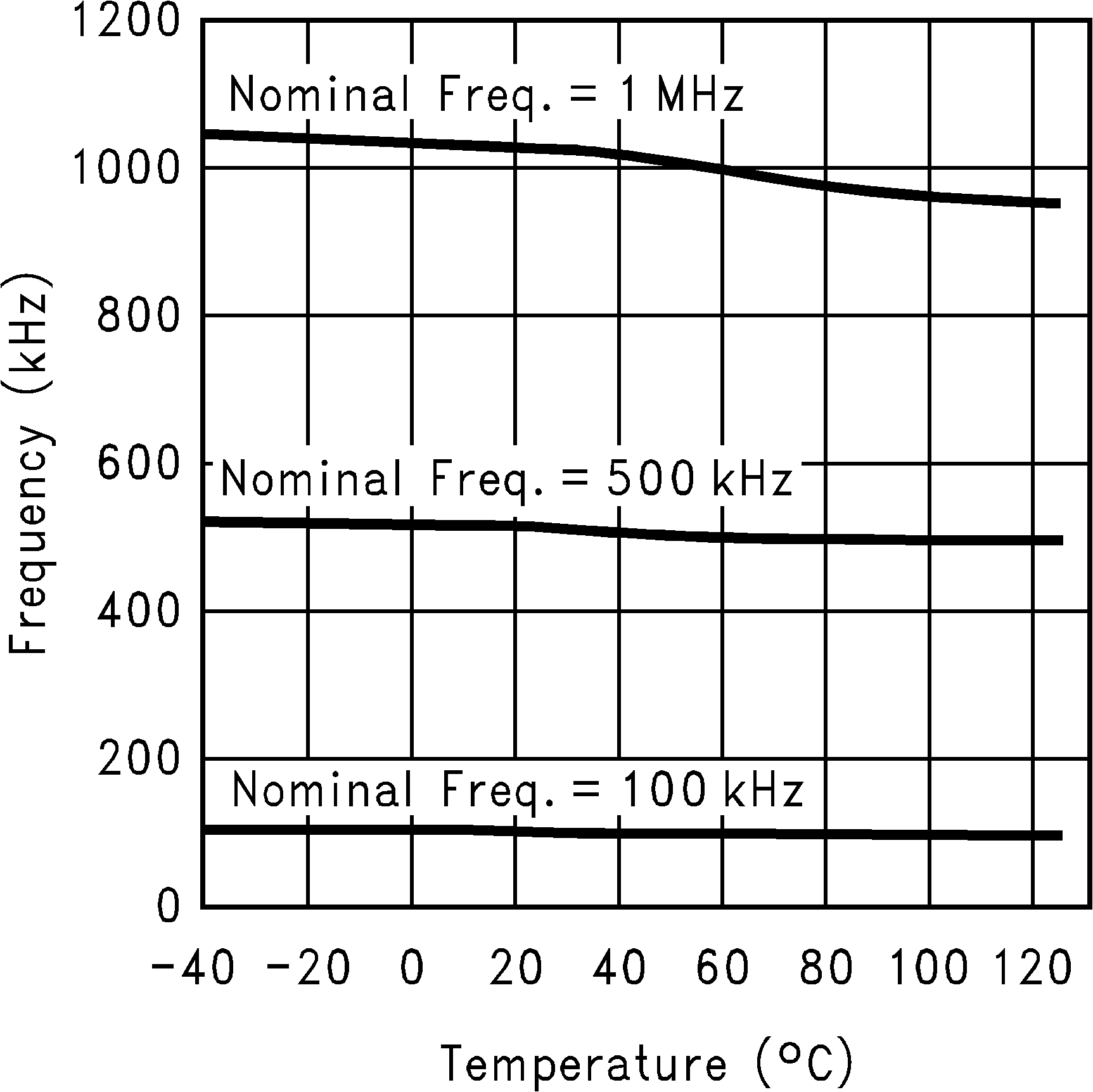
Figure 5. Frequency vs Temperature
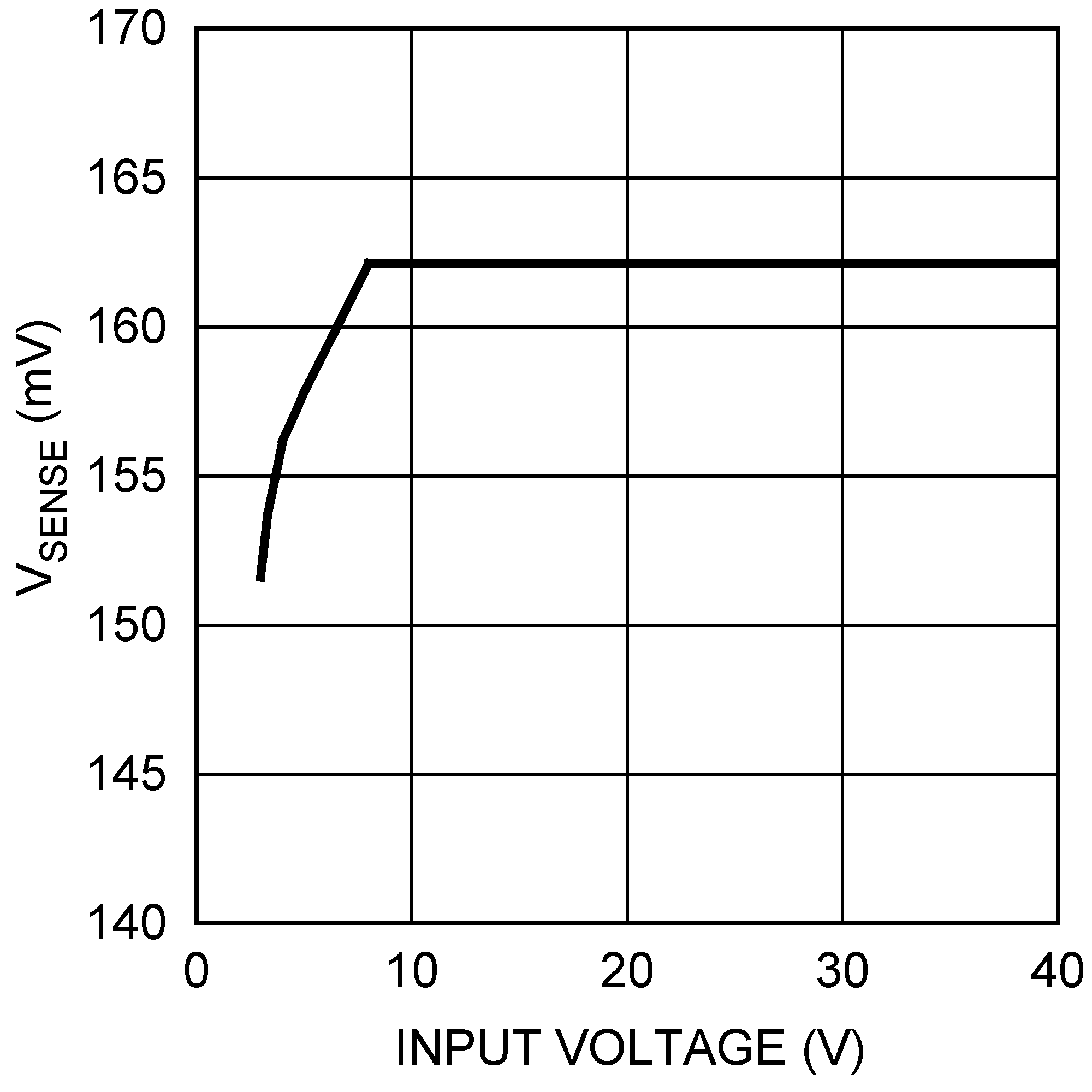
Figure 7. Current Sense Threshold vs Input Voltage
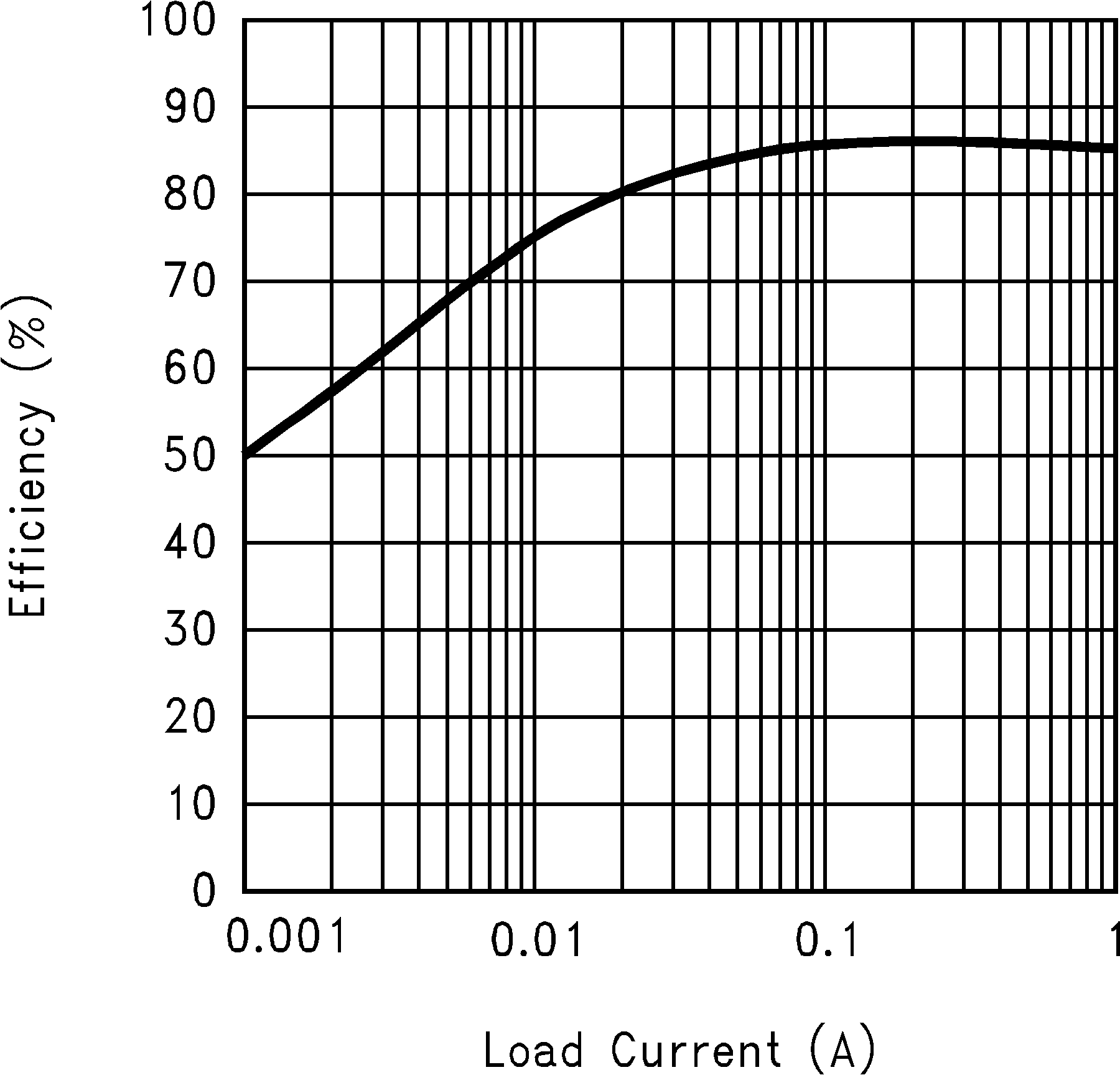
Figure 9. Efficiency vs Load Current (3.3-V Input and 12-V Output)
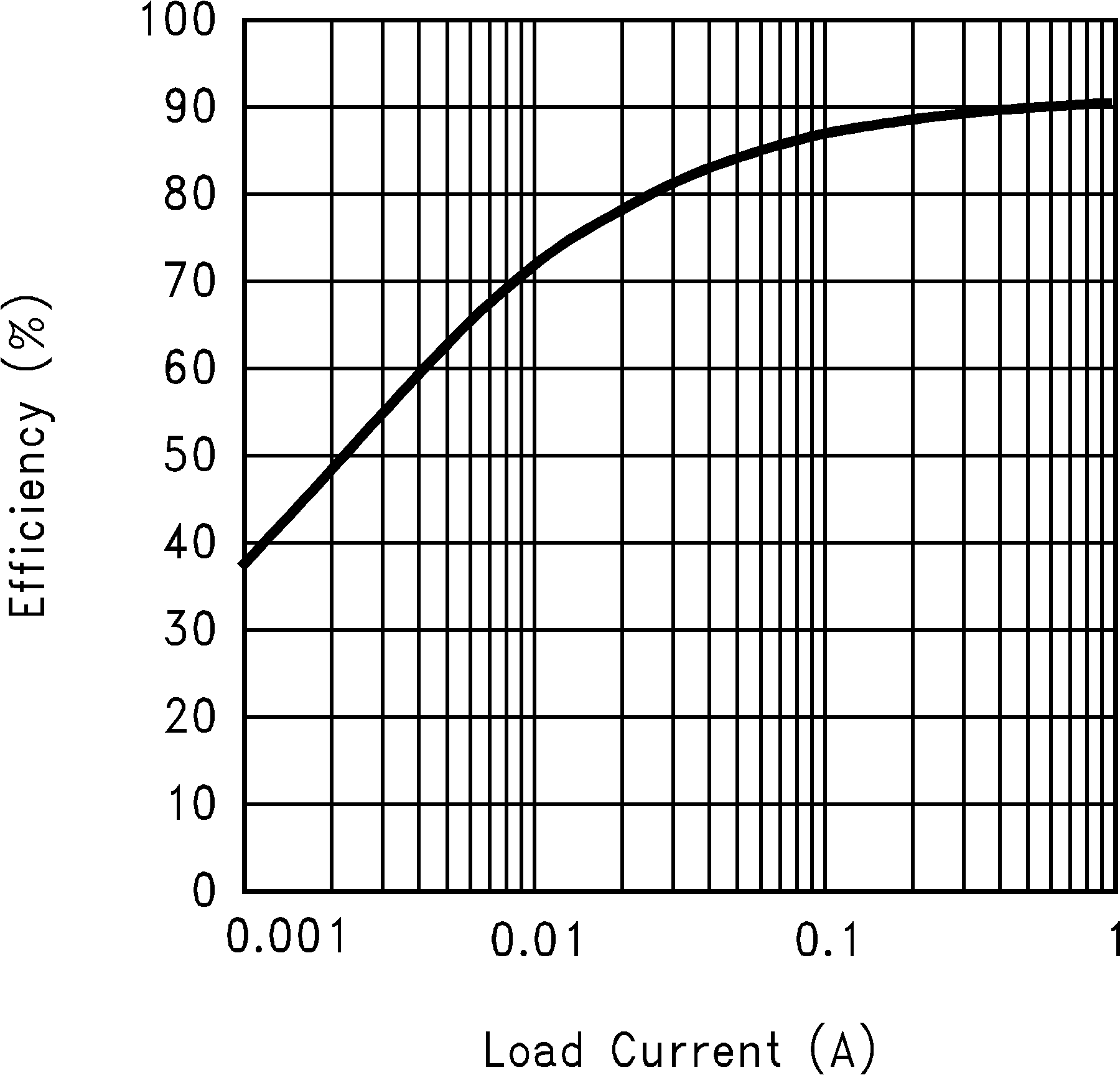
Figure 11. Efficiency vs Load Current (9-V Input and 12-V Output)
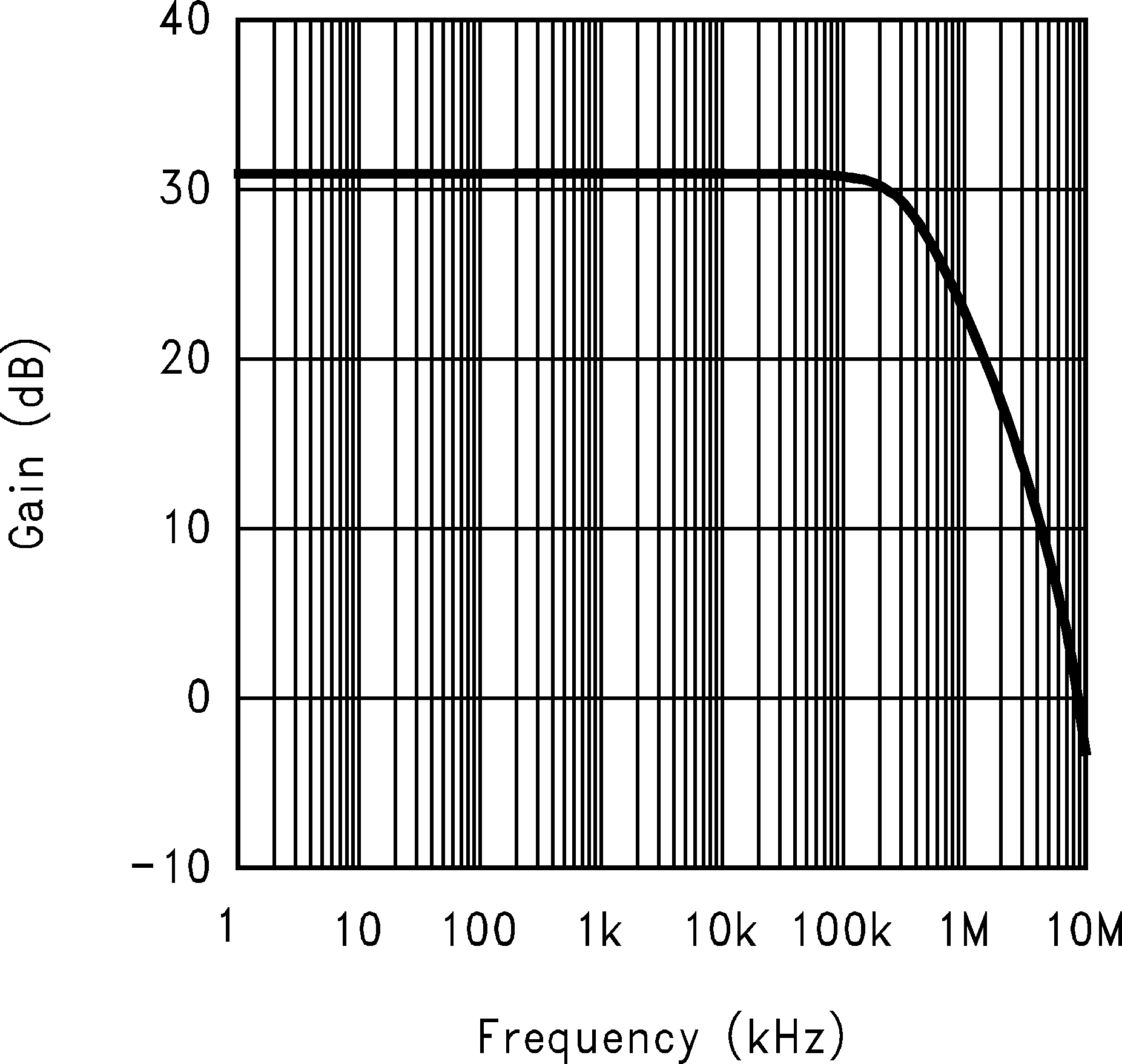
Figure 13. Error Amplifier Gain
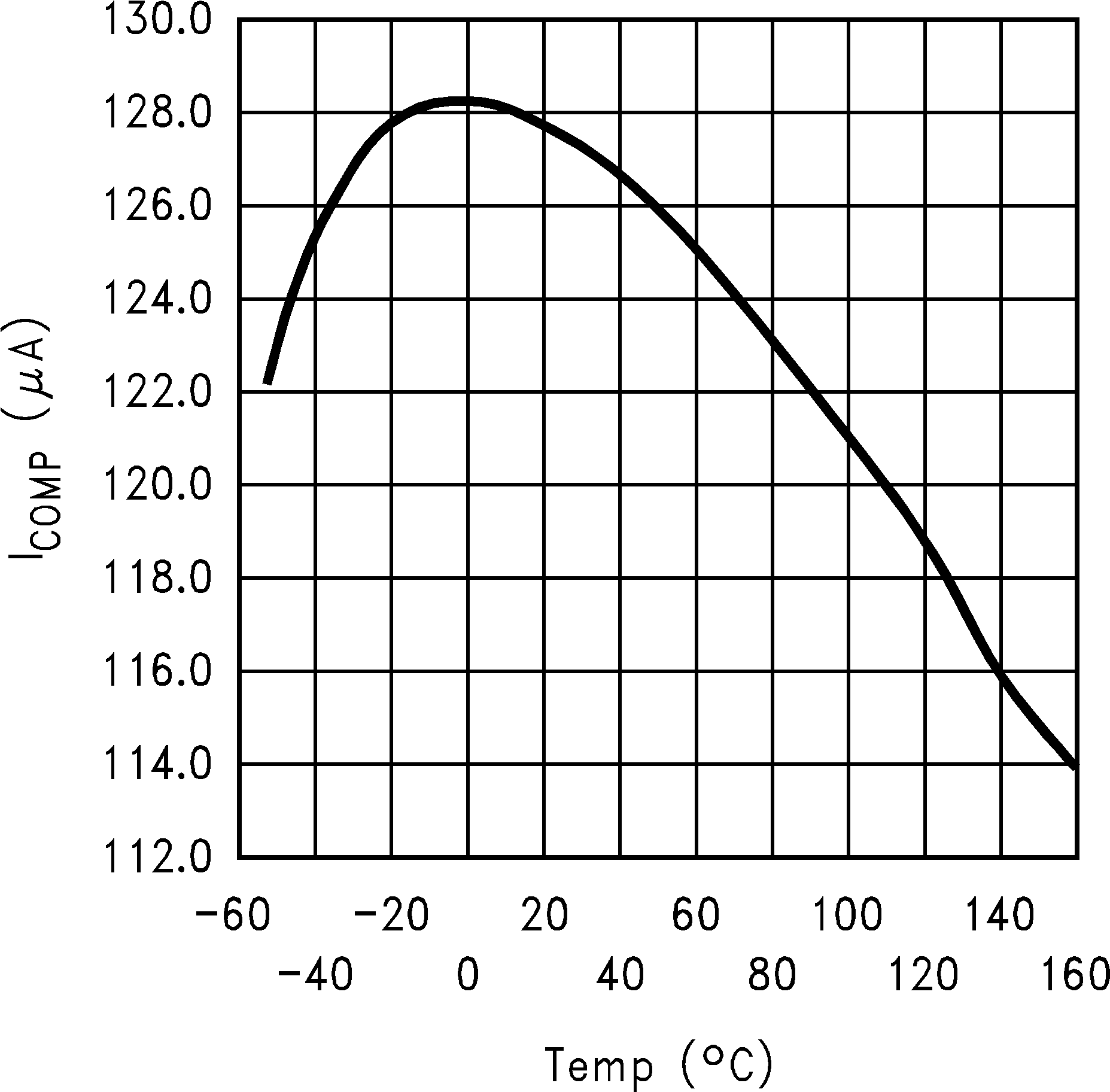
Figure 15. COMP Pin Source Current vs Temperature
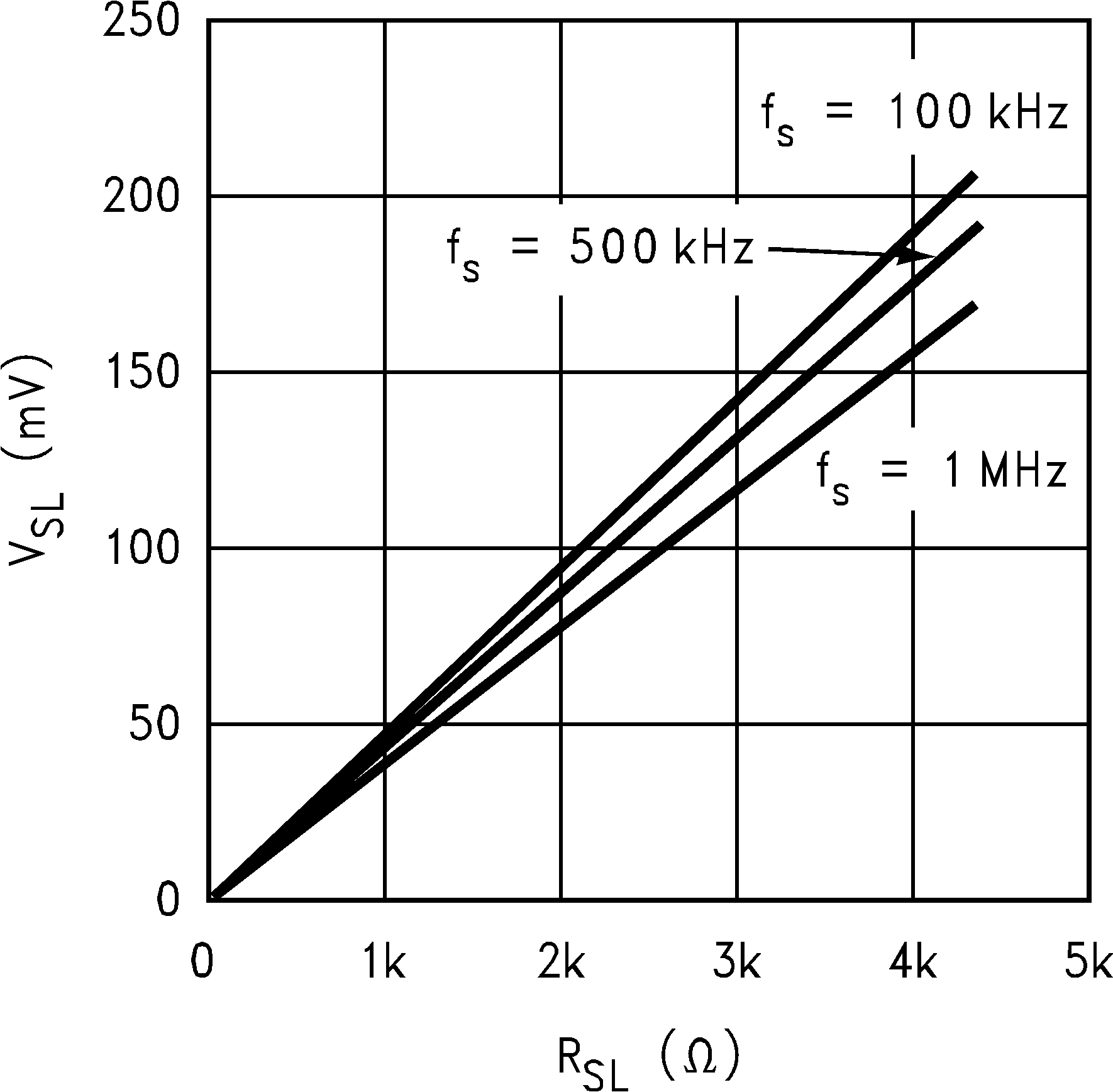
Figure 17. Compensation Ramp vs Compensation Resistor
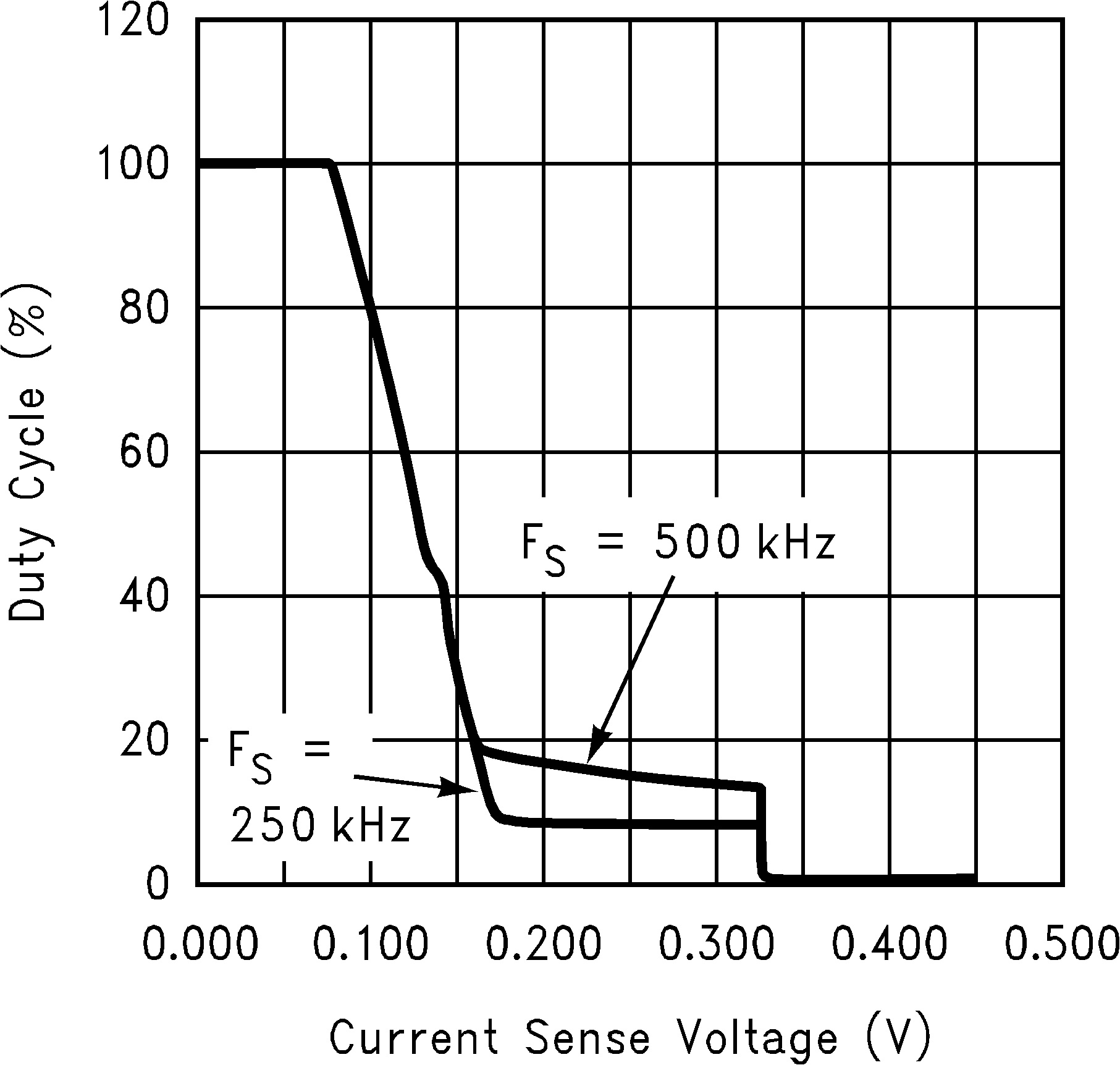
Figure 19. Duty Cycle vs Current Sense Voltage
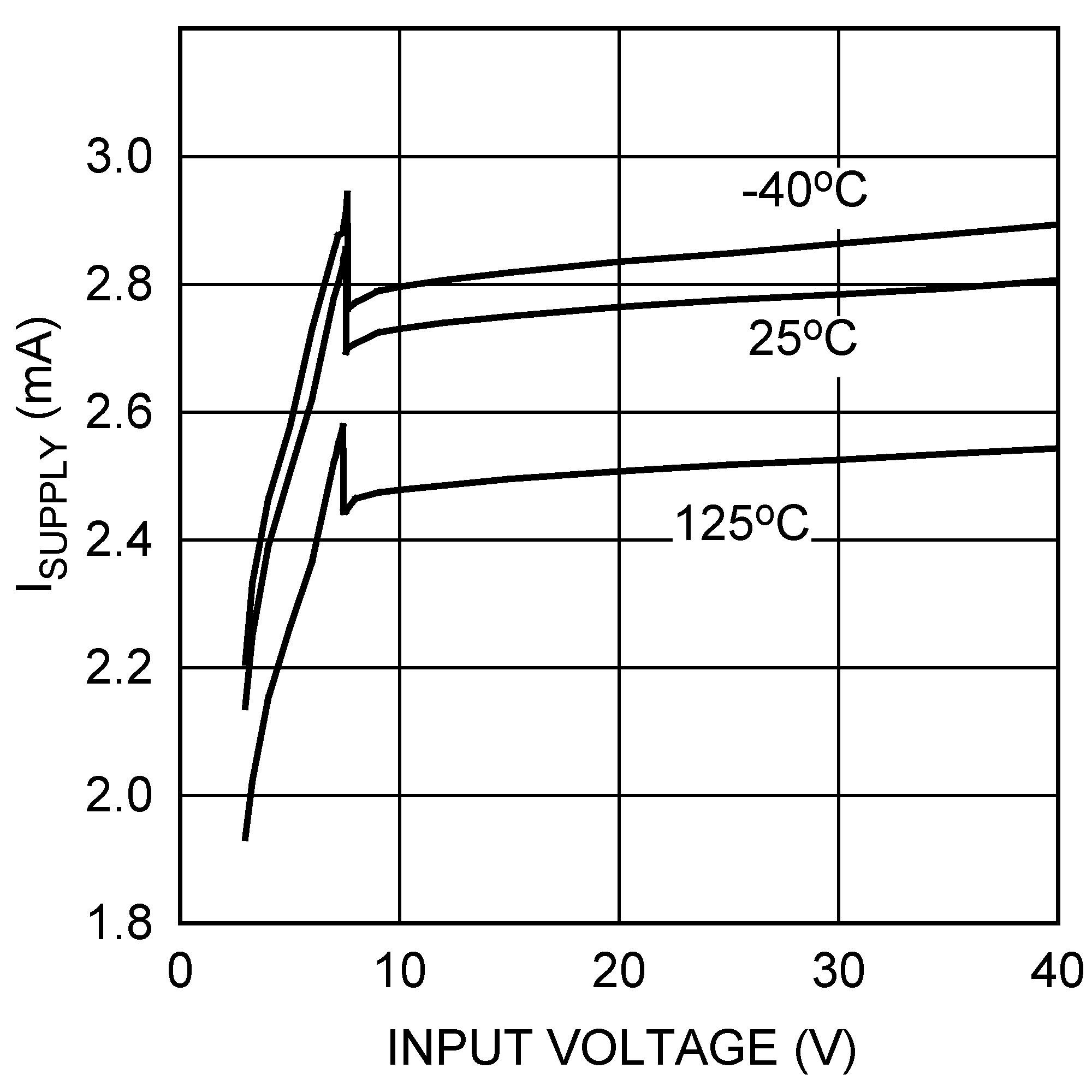
Figure 2. ISupply vs Input Voltage (Non-Switching)
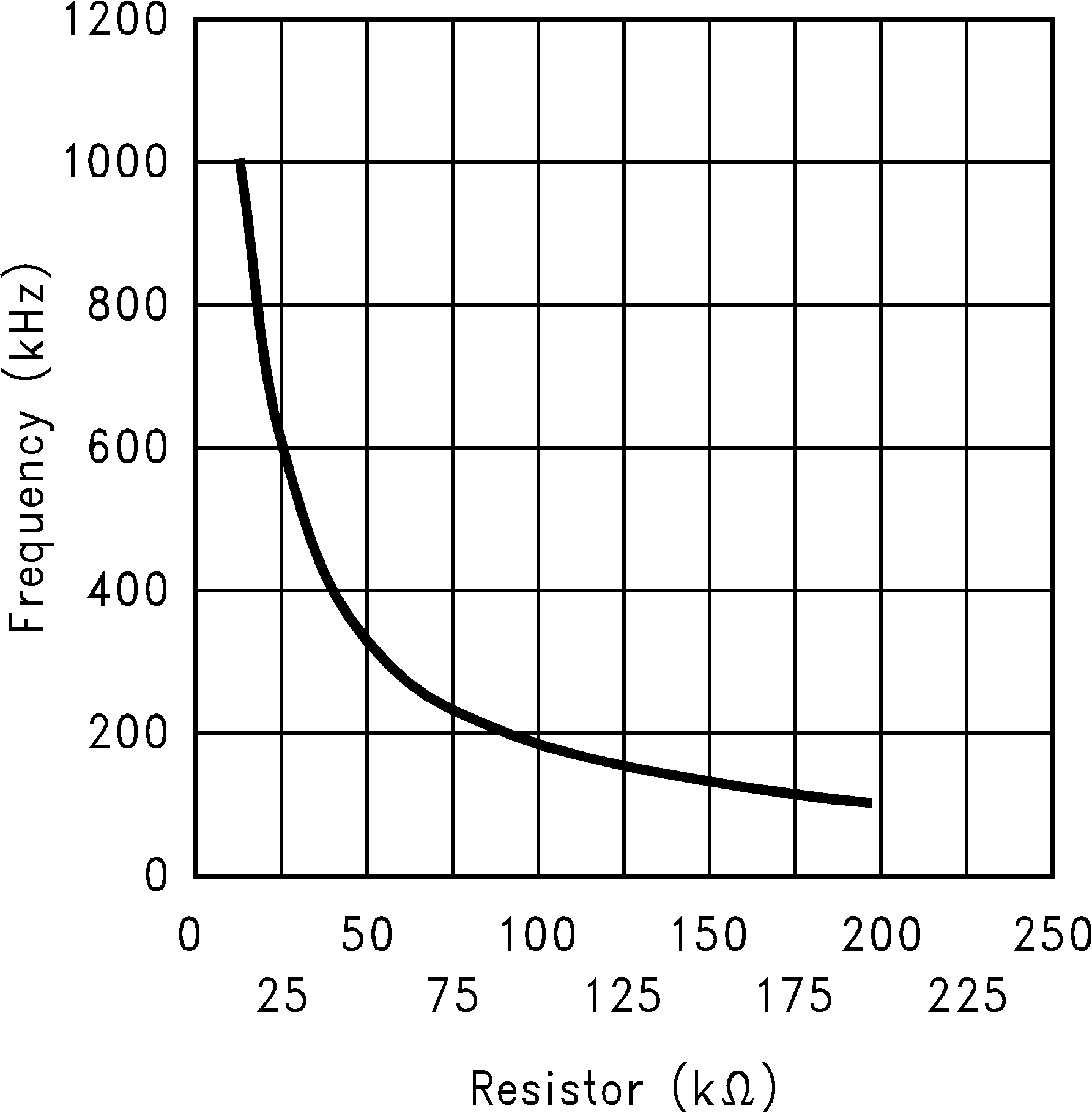
Figure 4. Switching Frequency vs RFA
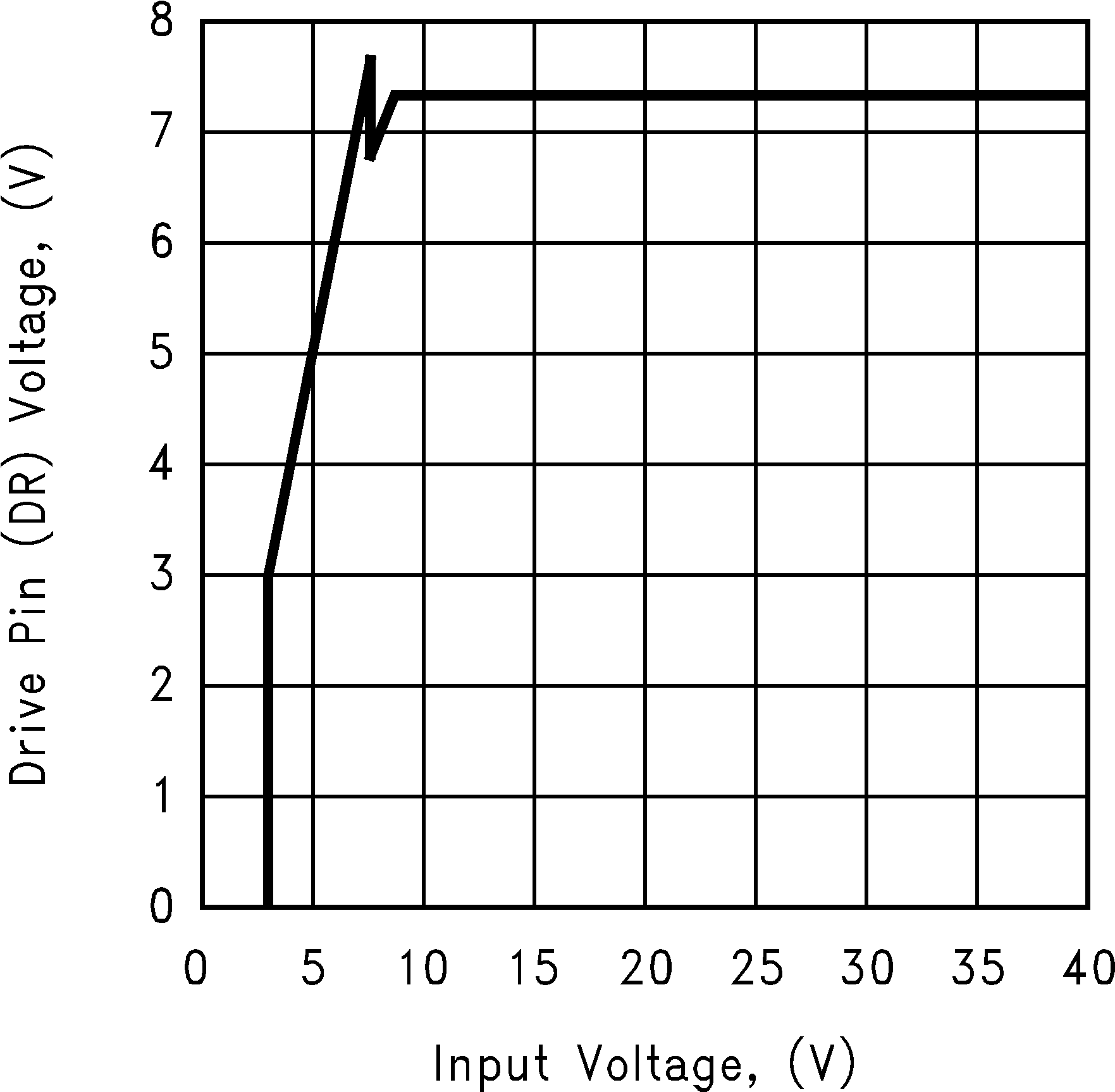
Figure 6. Drive Voltage vs Input Voltage
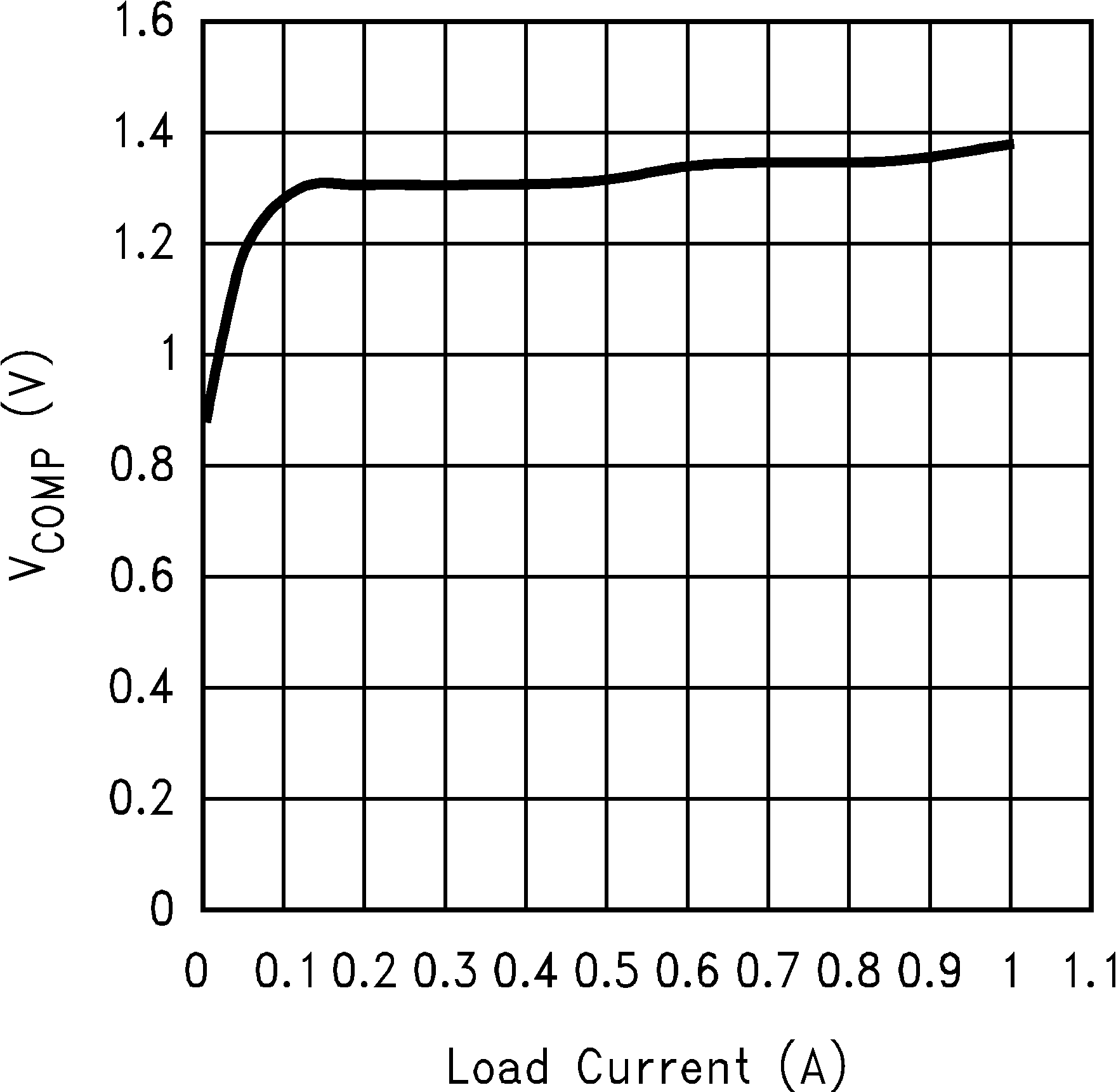
Figure 8. COMP Pin Voltage vs Load Current
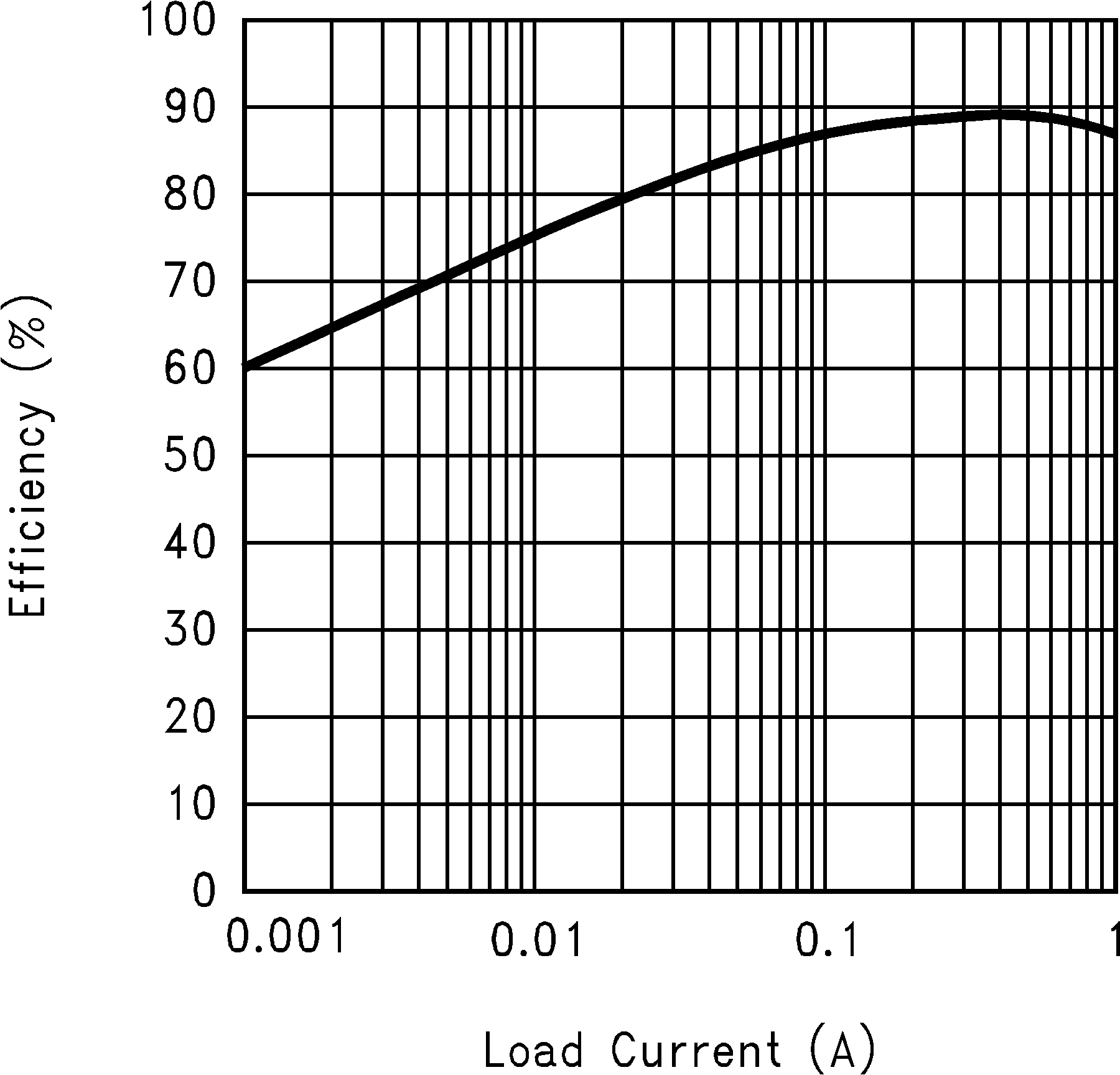
Figure 10. Efficiency vs Load Current (5-V Input and 12-V Output)
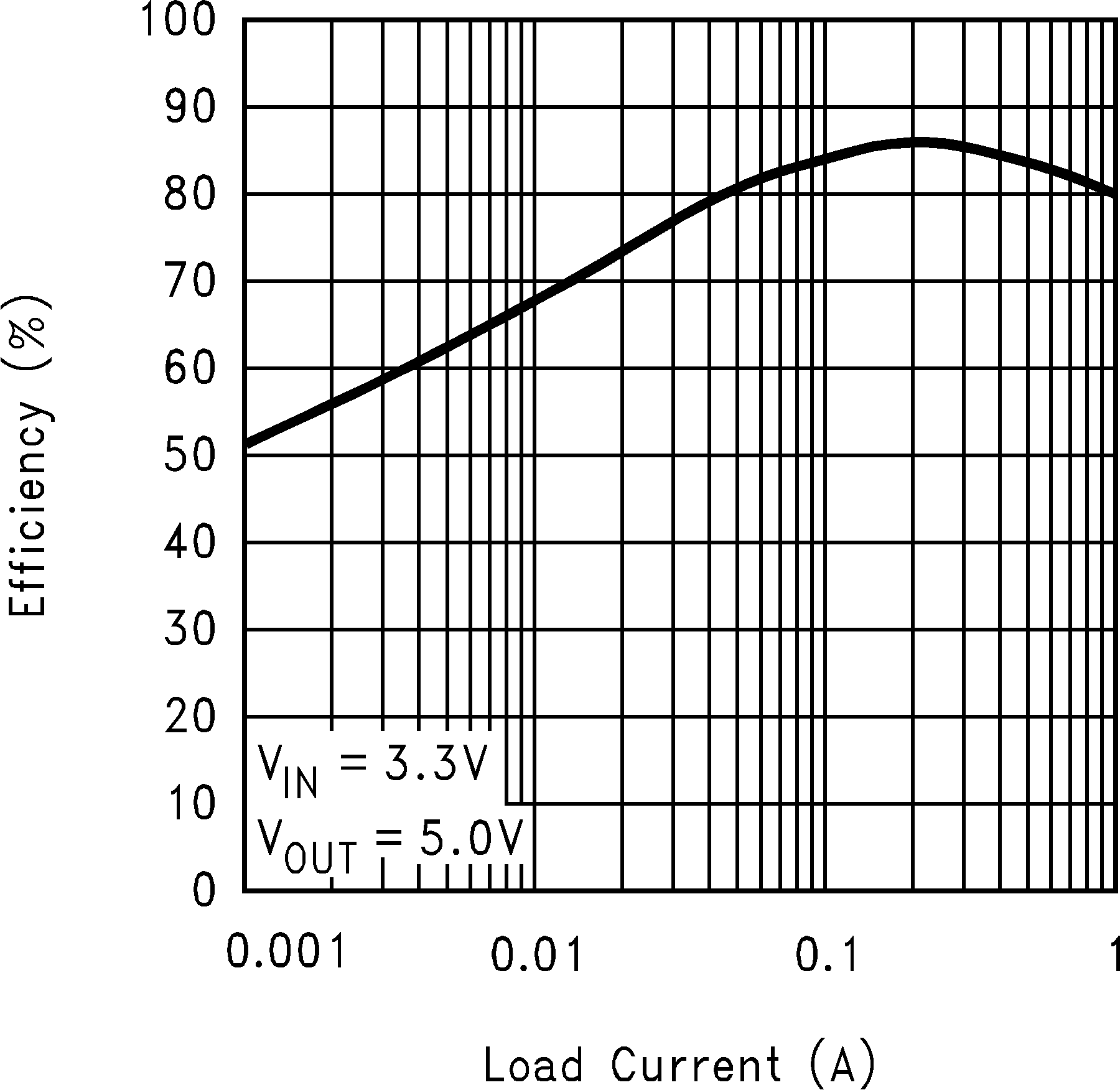
Figure 12. Efficiency vs Load Current (3.3-V Input and 5-V Output)
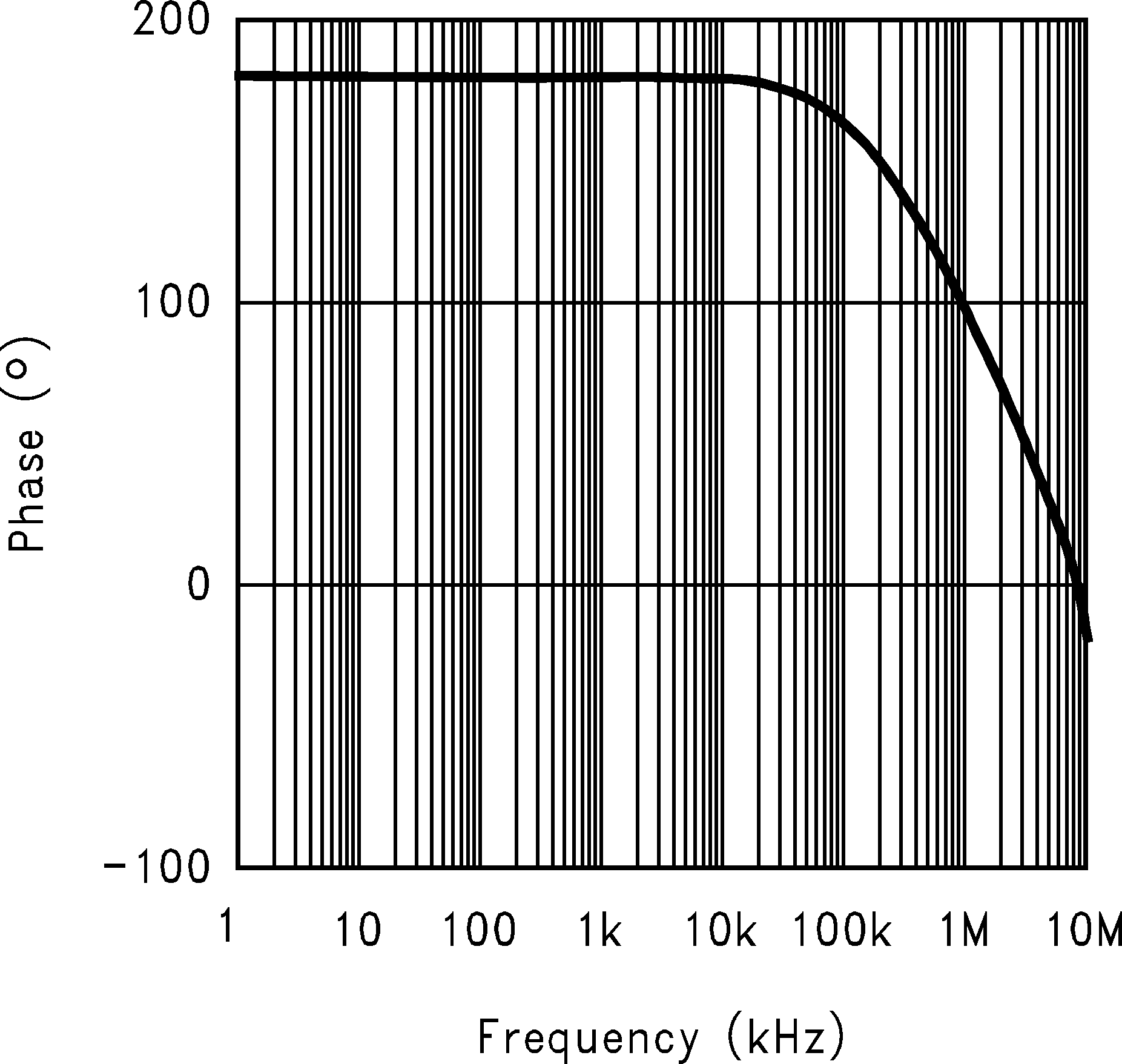
Figure 14. Error Amplifier Phase
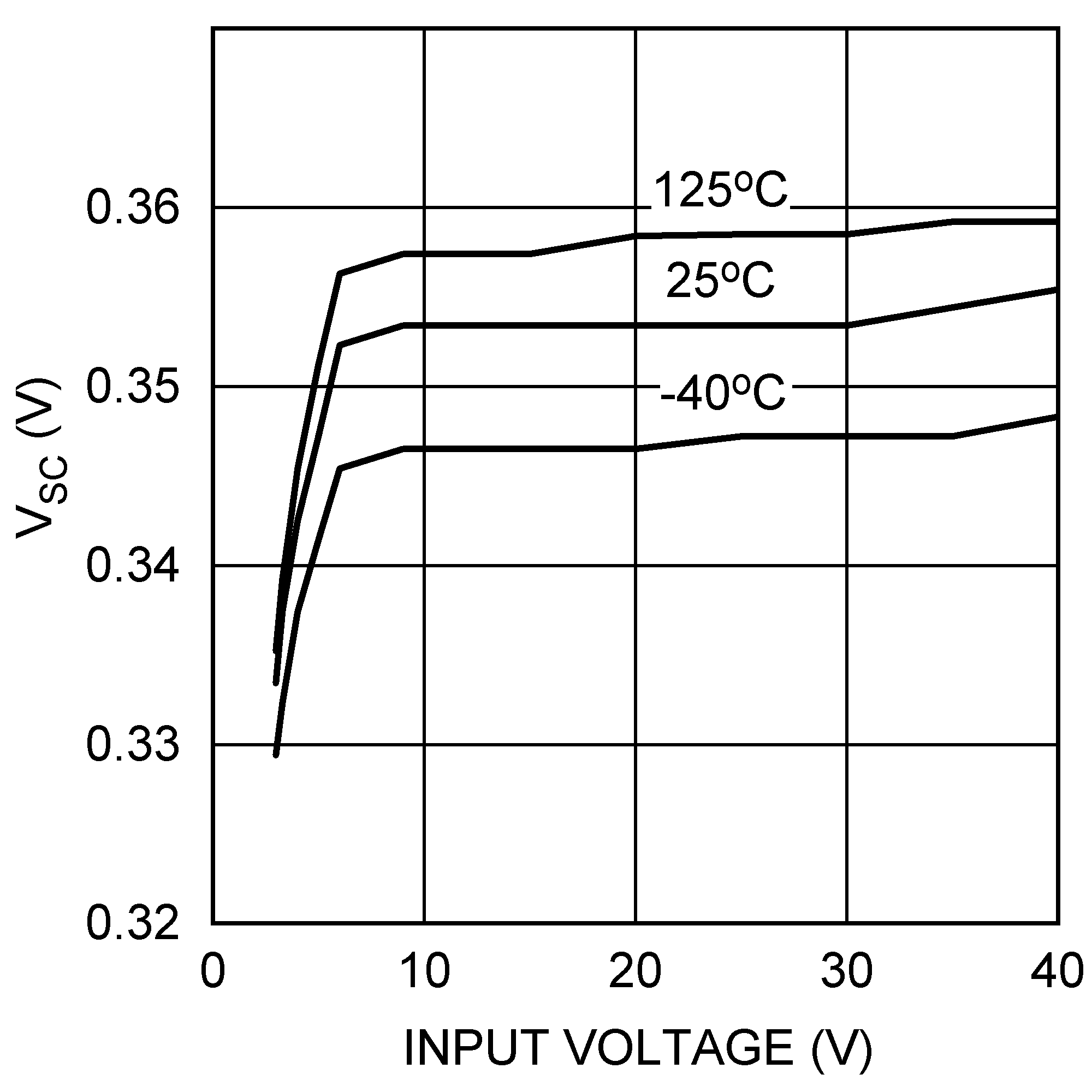
Figure 16. Short Circuit Sense Voltage vs Input Voltage
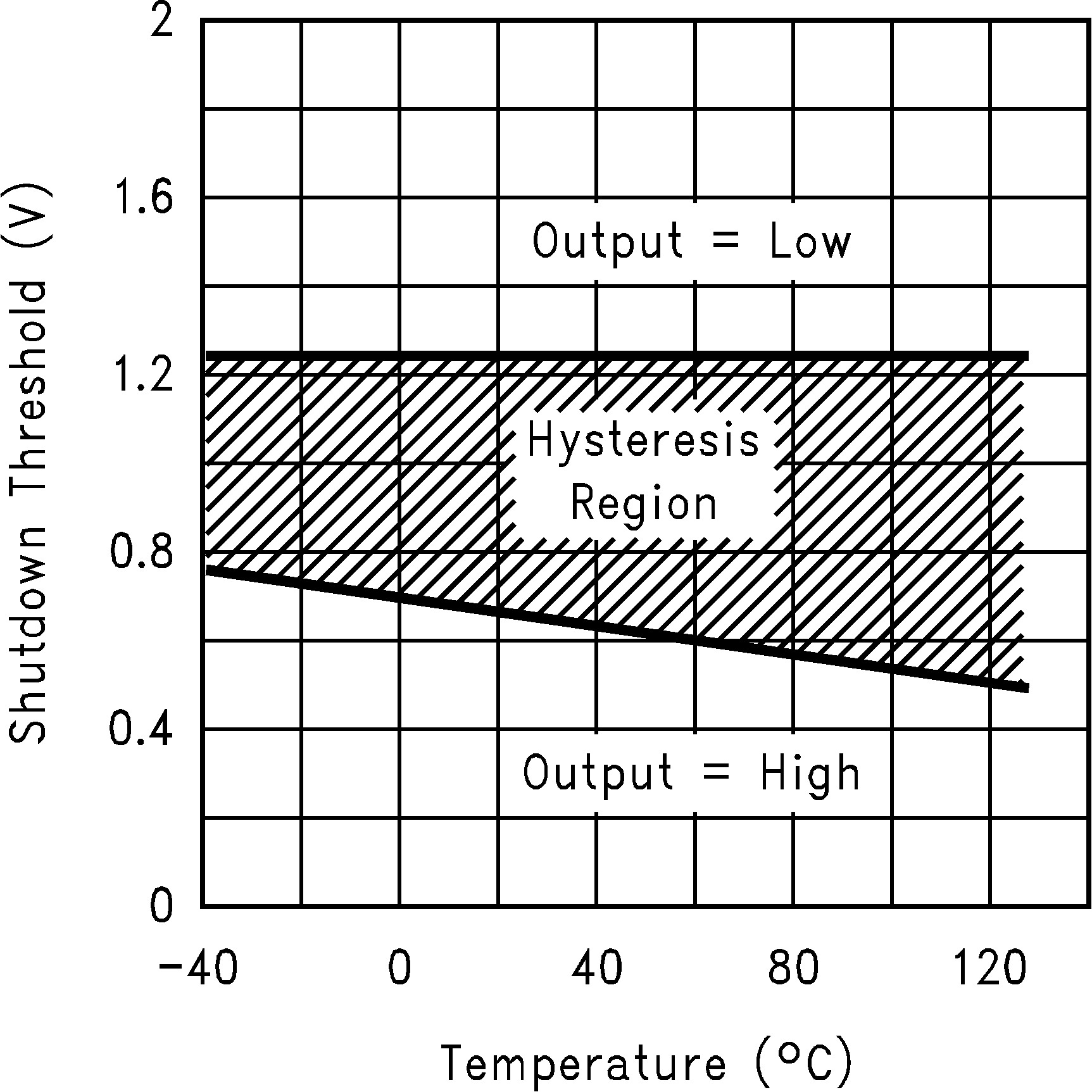
Figure 18. Shutdown Threshold Hysteresis vs Temperature